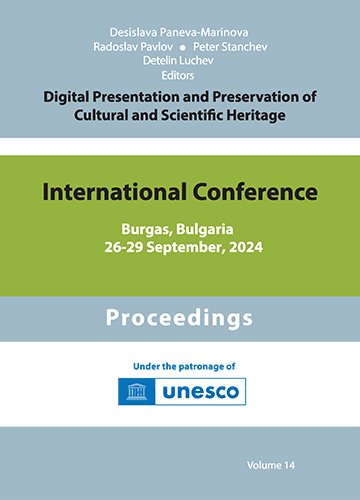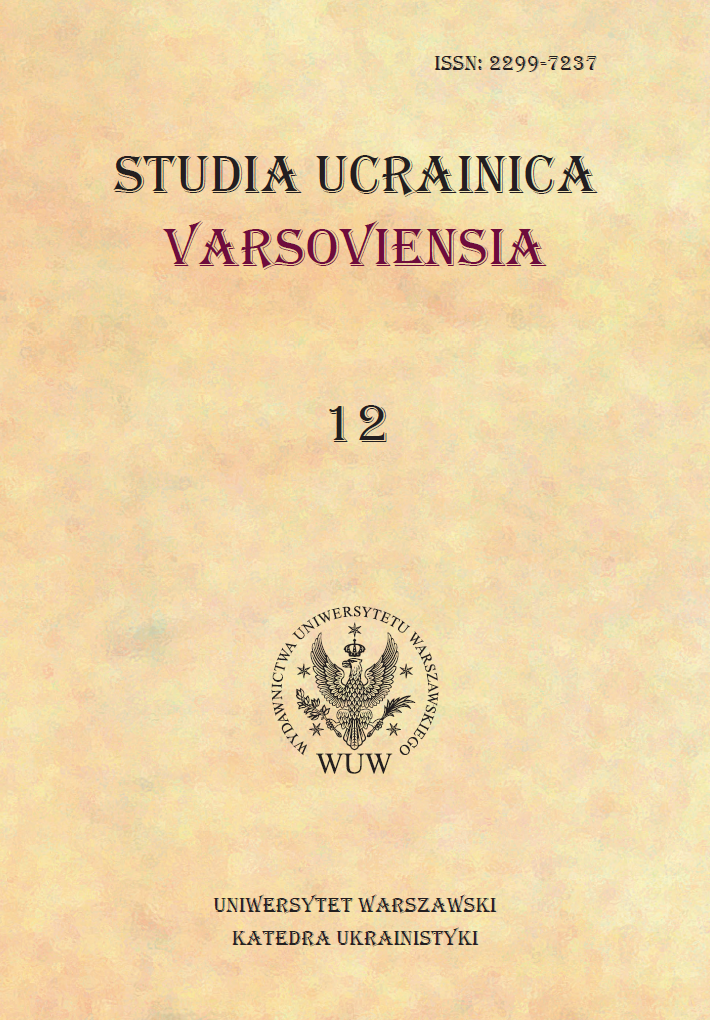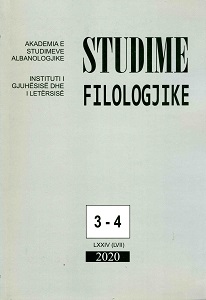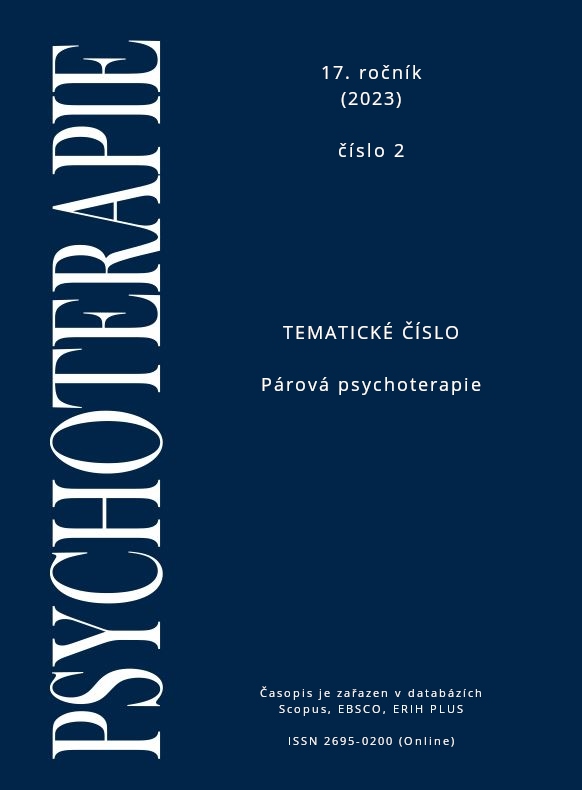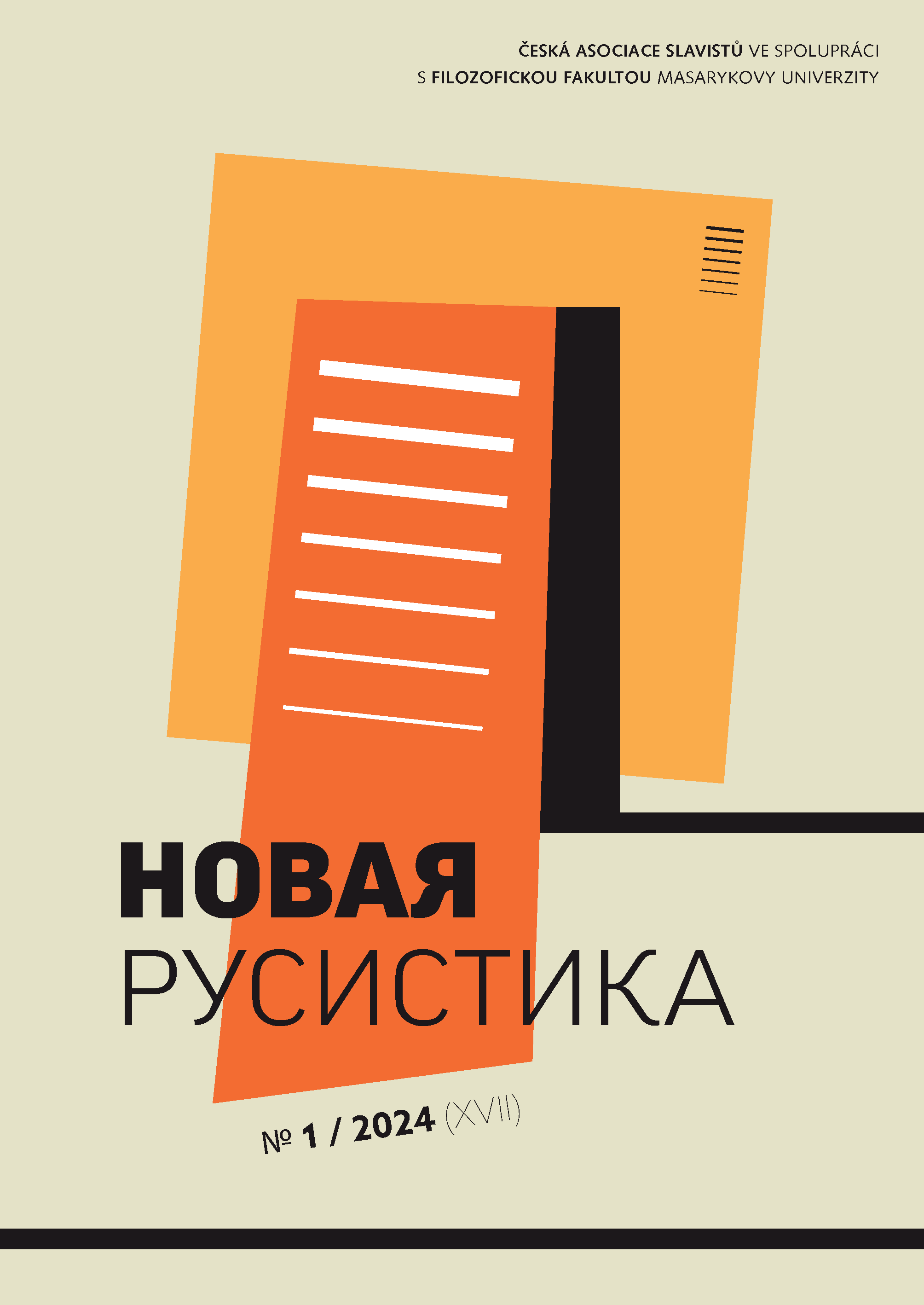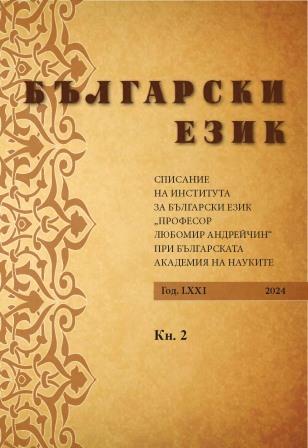
Към словесния образ на св. Димитър Солунски в Сборника с чудеса от Йоан Ставракий
The article offers an analysis of some appositives to the name of St. Demetrios of Thessaloniki according to the Slavonic translation of the Miscellany of Miracles by John Staurakios, who lived in the late 13th and early 14th centuries. The Slavonic translation survives in two autographs of Vladislav the Grammarian – The Rila Panegyric of 1479 and Manuscript OR Vyaz. Q. 279 – a 1480s collection of works dedicated to the saint kept in the National Library of Russia in Saint Petersburg. Stable appositives include nicknames, paraphrases, antonomasia and appellative symbols. The aim of the paper is not so much to propose a classification as to outline the semantic fields with respect to which the image of the saint is most fully unfolded. Several categories of nicknames are distinguished, representing various aspects of the image of St. Demetrios: his role as a protector of the city; his image as a warrior saint; his healing powers and some general appositives. Some 40 examples have been analysed and contextualised according to the Greek original and its Slavonic translation. The culturological analysis of the linguistic data reveals important aspects of the cult of St. Demetrios in the Middle Ages.
More...
